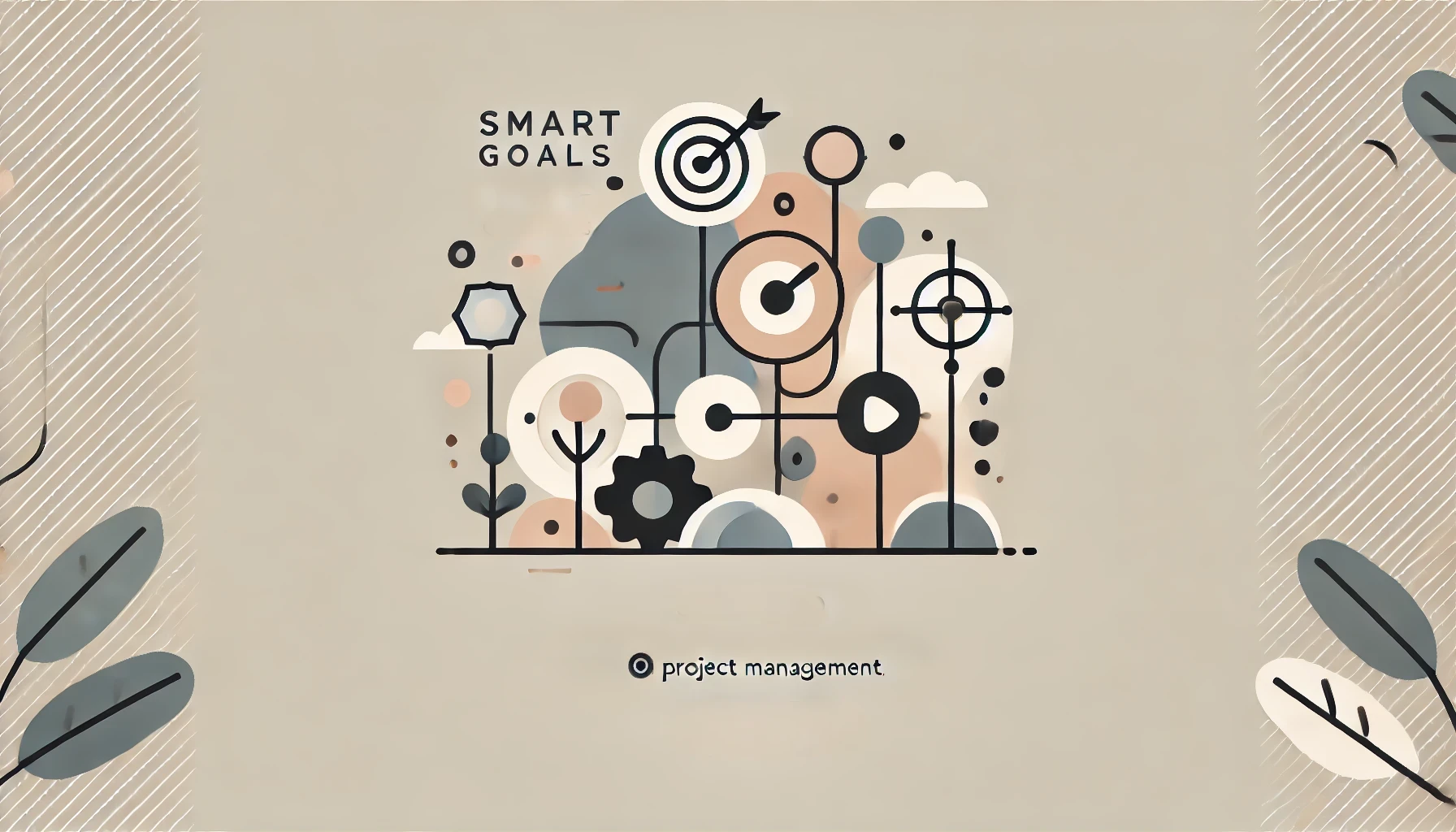
Click the button to start reading
The Best Market Research Tools for New Customer Acquisition and Retention
What’s the secret to a product that flies off the shelves or a cafe with lines out the door?
Because for every hot, top-selling product, there’s dozens more that land in the market with a dud. This includes excellent products that should be an easy sell.
Sometimes a product has an auspicious beginning. It receives rave reviews and its designers are eager to sell more. But despite much pitching and promotion, the momentum never builds. The creators are flummoxed. What’s the hangup? Is it the website? The product? The price?
It’s hard to say. Acquiring customers is a complex, multi-faceted process. It entails developing a product or service with market demand, building a platform with a pleasant user experience, researching the customer and crafting a marketing plan.
Market research is at the crux of putting all these pieces together. It includes knowing how the user responds to the product, and how and where to engage with the customer. It’s also necessary to stay on your toes, as the needs of the customer constantly changes.
Good market research and analysis reveal the secrets to fly-off-the-shelf success. And research tools are key to conducting this research. Let’s look at some market research tips, plus tools and strategies to acquire and retain customers.

5 Market Research Tips
For the most part, market research is a data-driven discipline. The overall objective is to increase a company’s ROI by connecting a product to its corresponding market.
Research and data serve many functions. They connect a product to the actual customer, rather than simply rely on feedback from family and friends. They reveal how a product might be tweaked to appeal to the market. Sometimes, they confirm information you already know. Or else data reveals that there isn’t a market at all, which saves time with pitching and marketing. Ultimately, the research serves as a foundation for a customer acquisition strategy.
But with so much information out there, it’s easy to get buried in the data and have it serve no purpose at all. These following pointers allow market research to pave the way to an effective strategy.
Complement Data With Immersion
In the same way that political polls don’t measure enthusiasm for a candidate, a series of numbers, even when accurate, don’t give the full picture of a market. Immersion within the market fills out the picture and colors in those areas that raw data leave blank.
Consider a kitchen supply company that’s marketing to residents in a large, crowded city. Perhaps raw data indicates that the market is hot for the product. However, visiting several homes within the market turns the black and white data into a full-color photo. Understanding the size and layout of a typical city kitchen provides clear directives in both how to tweak and pitch the product to the market.
Pitch to the Fringe, Not the Mean
Many products appeal to large diverse markets with people of various ages, income levels and geographic locations. It’s easy to simply crunch the data and come up with an “average” person. Market researchers have found, however, that when you try to appeal to everyone, you end up appealing to no one at all.
Say the range of ages in a given market spans from 18 to 56 years old. The “average” market, then, is someone in her late 30s. However, pitching exclusively to thirty-somethings completely sideline both the 18 and 56 years olds.
A more successful approach is to pitch to the fringe. It’s to splice and dice the data to develop several distinct but accurate prototypes, such as the single millennial, the retired professional and the college student, and develop separate pitches for each.
Emphasize ROI
Have you ever had a conversation that went on forever yet never seemed to go anywhere? Market research can start to look like one of these rambling conversations. It’s so easy to amass mountains of data that yield nothing but unfocused, convoluted discussions and presentations.
The goal for a product or service, of course, is to serve the bottom line. And so ROI provides the focus and through line to all market research. This means identifying actual buyers, not just lurkers. Luxury goods, for example, may appeal to a broad market. But only a demographic with surplus income is going to bite.
Find the Story
Market research is about unearthing what motivates a customer to buy. It identifies where a product or service fits into the user’s lifestyle, or how it may even totally change a lifestyle for the better. And so it’s much more than compiling and analyzing data. Ultimately, it aims to tell a story.
An app that allows users to order meals to go, for example, isn’t just looking for the target market in terms of demographic details like age and median income. More so, it seeks to understand how the app benefits the user. If it gives working mothers a night off from fixing dinner, that’s a story that provides ready fodder for a marketing campaign.
Dig Beyond the Data
The market won’t always tell you about themselves. And the data can conceal critical information as well. Knowing the market means asking a lot of questions, from the mundane to the sublime. Details like free time activities, favorite foods, significant holidays and typical family size provide insight into both how to reach the customer and how the product fits into their lives.
This summarizes a few pointers to augment market research. Now let’s turn our attention to powerful market research tools.

12 Market Research Tools
Market research is a broad topic. It consists of product development, customer research, marketing, architecture and customer retention strategies. It gathers both qualitative and quantitative data.
Whether the objective is to build a website that’s easy-to-use, monitor social media accounts, or identify the price point for a product, there’s a tool out there to achieve any end. Finding the right tool first means identifying the objective. The following covers several tools arranged according to an assortment of topics.
Customer Research Tools
These tools allow you to get to know your customer, intimately. When you understand not just the demographics of the target market, but ethnographic details as well (customs, habits, aspirations), it’s possible to develop a marketing plan that engages and builds brand loyalty. It also makes it easy to tweak and adjust the product to better suit the market’s needs.
Typeform
Typeform offers feedback forms, satisfaction surveys, quizzes, polls, and even videos for 1:1 conversations with customers. This tool makes it easy to gather critical signals from users and customers right away. A recurring pattern in survey results, for example, may indicate changes in the market. A consistent complaint in feedback is a red flag that a product needs to be updated.
Typeform integrates with dozens of applications, and offers three plans with price points suitable to a range of customers.
Field Agent
Field agent’s diverse services provide valuable market research from your actual customers in real time.
It connects you with mystery shoppers who visit your business and let you know all about the experience. They can also photograph your product within retail locations, so you know just how it’s presented to customers. It connects you with real customers who provide photographs of your product within their home, providing full immersion into the culture of your target market. Its concept testing feature allows you to give the product a trial run before launching it. Plus, Field Agent offers insight on competitors!
All of these diverse tools are available on one simple platform, allowing you to peek into markets all over the country from your office.

UX Tools
User Experience is like the roadway that introduces customers to your brand and your product. If you offer a smooth ride, they’ll probably stick around. But if it’s bumpy and clunky, they’ll more than likely turn around and leave right away. These tools allow you a peek inside the current UX of your customers, and develop an intuitive structure to your website or online store that keeps customers on your site.
Optimal Workshop
Optimal Workshop compiles data from actual visitors to your website, then analyzes it to craft a fluid architecture. Some of its tools include qualitative research, card sorting, tree testing and first click testing.
Card sorting is a popular method for building architecture that logically arranges pages on a website in the way one might construct a mind map. It builds the architecture from patterns in multiple card sorts. Tree sorting confirms the discoveries from card sorting, and irons out any kinks. First click testing identifies the popular and ignored regions of your website by providing data on the journey of actual users on your site.
These tools have been utilized by some of the best websites on the market. Optimal Workshop’s customers include Uber and Yelp. It offers several plans at various price points, including a free plan.
Hotjar
Website layout is tricky business. Sometimes a user completely ignores those areas of your website you most want them to be going to. Hotjar’s observation, feedback and engagement tools work together to analyze your website and identify areas for improvement.
Its Heatmap tool identifies the “hot” and “cold” regions of your website, providing valuable clues as to the language and graphics that grab visitor’s attention. It allows you to engage and solicit real-time feedback in 1:1s with your website visitors.
Hotjar’s tools have assisted some of the best to build strong platforms, including Nintendo, T-Mobile and Panasonic. Lest you repeat the mistakes of those who’ve gone before, it showcases a wealth of case studies from various industries.
Hotjar offers several plans, including a free plan.

Content Creation Tools
In a climate where content is king, every company is subject to the rules of content marketing. The following tools provide shortcuts in this vast marketing region, and guidance to create engaging content that generates clicks, likes and follows.
Buzzsumo
With Buzzsumo, all your content will be fresh and evergreen. Its powerful analytics tools alerts you to trending topics for blog posts and other content. It allows you to stay abreast of the fast-paced world of the internet, keeping tabs on account engagement and competition. Its tools serve various platforms, including Facebook, Twitter, Reddit and YouTube.
Although Buzzsumo charges a hefty fee, it’s worth it. You’ll never have to worry that you’re creating stale or boring content again.
Flick
Flick makes it easy to create keyword-rich content that targets your ideal customer. Its hashtag features allow you to enter online conversations as they’re happening, and engage with your customer on trending topics. Plus, it provides tips for content creation in both videos and blog posts. Flick serves a range of clients, and offers solo and agency plans
Sprout Social
Sprout social provides a multitude of products and services for online research and marketing. Its customer insight, broken down by industry, is key to understanding your audience. It analyzes social media trends and breaks data down by region. This service is geared to larger businesses and enterprises.

Storytelling and Presentation Tools
On its own, research and data do not reveal a whole lot, nor is it terrifically compelling. Storytelling and presentation tools serve a dual purpose. They piece dry sets of data into a whole, complete picture that follows a customer journey, and identifies his or her motivations, compulsions, challenges and hangups. Further, they allow you to turn dry market research into an engrossing, can’t-look-away-from presentation.
Pip Decks
With Pip Decks, you’ll never be met with glazed eyes or yawns during a presentation again.
This deck of cards offers step-by-step guidance to weave a story into a presentation. The cards draw on a number of archetypal story patterns, including the rags to riches story and the hero’s quest. Its easy-to-use system meets you right where you are in your presentation development, whether it’s concept development, character development, or structure.
Pip Decks assist with marketing as well. They allow you to identify your customer’s story, and build a marketing plan around it. Although the deck is a bit pricey at $200, once you’ve made the investment, it’s yours to keep. There’s no recurring payment with Pip Decks. (The digital cards are only $100.)
Keynote
Crafting market research into a compelling story is no simple feat. And all that work deserves the right presentation tool.
Keynote is popular for a reason. It’s Apple’s answer to Powerpoint and it really steps up the game. Its large selection of themes lets you add just the right tone to a presentation, and it includes plenty of diagrams and illustrations to spice things up. With Keynote, it’s easy for remote teams to collaborate from Apple Devices or a PC.
Keynote’s adaptation with Keynotopia provides further versatility. Keynotopia is a UI kit that allows you to present UX experience to the team in real time, with mockups and interactive prototypes. It allows everyone to contribute ideas and suggestions to improve website architecture.

Platform-Specific Tools
Market research tools are oriented to a specific need. And some tools are so specific they hone right in on the very platform where your customer congregates. Tools such as Jungle Scout, Alura and Tera Peak focus exclusively on the enormous seller platforms of Amazon, Etsy, and Ebay. They aid and fuel sellers to optimize the platform and its services, and provide powerful analysis tools to develop a product and reach the customer.
Jungle Scout (Amazon)
Amazon holds the lion’s share of online sales. And Jungle Scout allows you to lasso the enormous lucrative capacity of this platform.
Its features include a sales estimator that projects monthly revenue for a given product and automations to save time with listings. Plus it assists with product development by providing key metrics around market saturation for certain items.
While many recommend this tool, others believe that a seller can succeed on Amazon without Jungle Scout.
Alura (Etsy)
Etsy’s market research tool, Alura, allows you to build a strong presence on this popular online platform.
Its filtering tool simplifies customer retention. It’s easy to identify repeat customers and send out benefits and perks to those VIP customers you want to keep coming back. It also makes it easy to remind customers to leave reviews. And a top-rated shop receives more traffic and increased sales.
Alura offers three affordable price plans, including a free plan for up and coming Etsy sellers!
Tera Peak (Ebay)
Tera Peak is Ebay’s exclusive market research tool. It includes a product research feature that provides data around average price points and competition for a product. It indicates a product’s sales trend as well. It keeps up on your shop’s inventory by reminding you when it’s time to restock. Some are upset that Tera Peak has removed its keyword tool, making it difficult to label a product for optimal search results.
Tera Peak is remarkably affordable, with plans that fall around $15 a month.
And this summarizes a few tools to employ in your customer acquisition strategy. Now let’s consider some methods for keeping these customers coming back.

3 Customer Retention Strategies
A good marketing plan distinguishes between new and existing customers. Once you’ve gained a few customers, it’s so much easier to keep them coming back than to hit the pavement and find new ones. And according to data, it’s also much cheaper.
And so a customer retention strategy is a necessary component to a marketing plan. Retaining a customer really begins from when a customer first hears about you or walks in the door. It’s about engaging and enticing and building momentum for your brand at every stage of the customer arc. It takes time for loyalty to develop. But it’s worth it, as a truly dedicated customer becomes an ambassador for your brand, which is free marketing!
Let’s look at a few key touch points for connecting with customers and bringing them back time and again.
Stay Front of Mind
A customer may be delighted with your service or product, but in the busyness of their lives, they lose your contact, forget the name of your website, or never stop inside your studio again. It’s up to you, the owner, to remind them about you and make it easy for them to return.
This needn’t be obtrusive. Reaching out to customers with a quarterly newsletter serves as a gentle reminder of your brand and services. Gaining a following on social media and posting regular content achieves this same end as well.
Reward Customers
A reward program that’s offered exclusively to repeat customers appeals to them in two ways. If the reward is achieved incrementally, it builds momentum toward the incentive. This is the case with something like a coffee shop punch card. The customer, anticipating the freebie they’ll earn, comes back time and time again. Secondly, this discount includes your customers in an exclusive club. Who wouldn’t want to patronize a business who made them feel prized and valued?
Rewards can be offered in the form of punch cards, loyalty cards, or seasonal discounts.
Personalize it
Repeat customers are your VIPs, so it’s good to take the extra measures to let them know it. Find ways to connect with them personally. Remember their birthdays with a card, an email or a freebie. Get to know them as a person and follow up on their lives whenever you see them.
Conclusion
At its essence, a business is a cycle of providing a customer with a product or service, then providing it again, and again, and so on.
This makes it sound so simple, but really it’s not. There’s so many things that can go wrong in the process. Perhaps the product has potential, but it needs to be tweaked in order to appeal to the market. Maybe the marketing is off base and the target market doesn’t even know about the product. Maybe the website architecture is clunky, and it loses people at hello.
Market research is at the crux of a solid customer acquisition and retention strategy. It’s a multi-faceted discipline that covers a range of skills and topics. Tools are instrumental in mining for data, analyzing it and presenting it.
Collaborating and presenting market research presents a special challenge with distributed teams. Teamly’s sophisticated communication tools dispels these challenges. If you’re developing a customer strategy, consider Teamly, the superior software for remote teams.
















